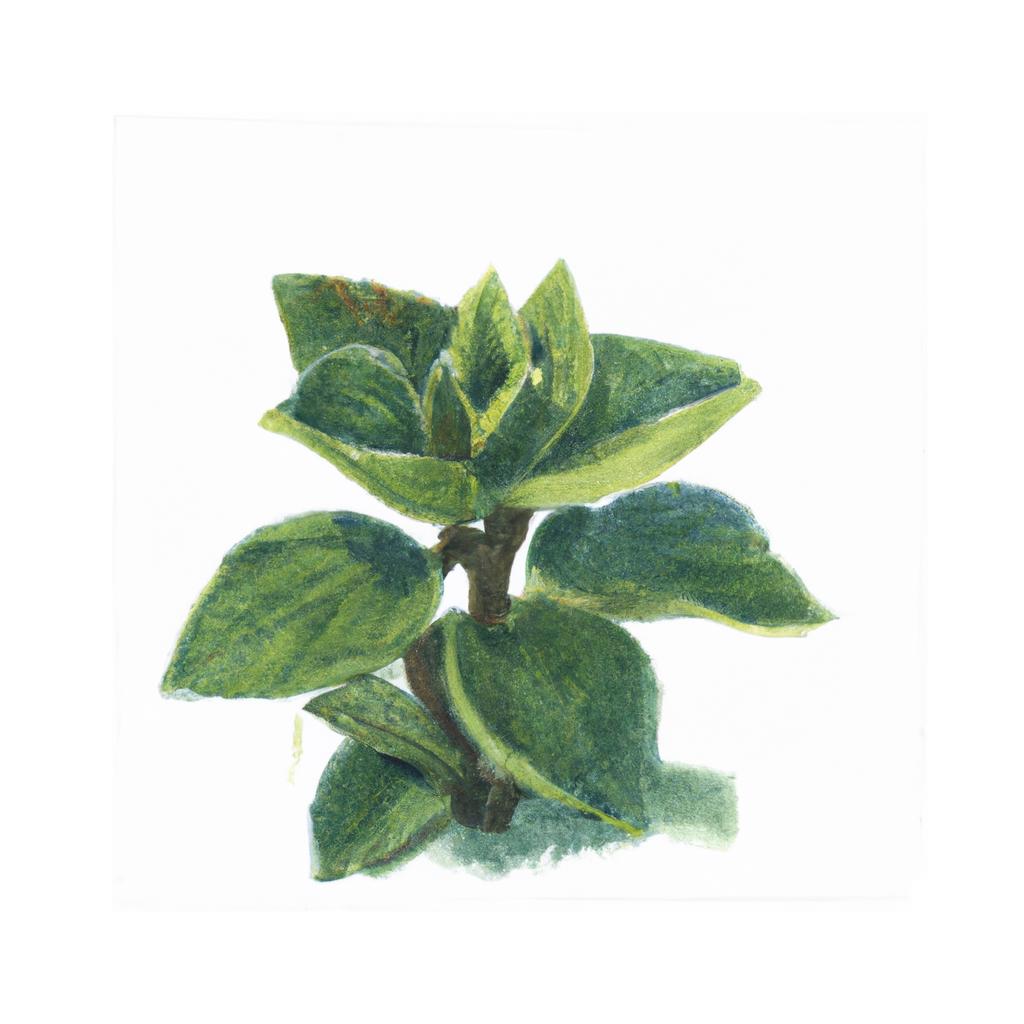
Oregano, also known as Origanum vulgare, is a perennial herb that belongs to the Lamiaceae family. Native to the Mediterranean and Eurasian regions, it is popularly used as an aromatic and flavorful ingredient in various cuisines around the world. In addition to its culinary uses, oregano has a long history of medicinal and therapeutic benefits, which include antimicrobial, antioxidant, and anti-inflammatory properties.
The history of oregano goes back to ancient Greece, where it was highly valued for its culinary and medicinal purposes. The name 'oregano' comes from the Greek words 'oros,' meaning mountain, and 'ganos,' meaning joy, which together describe the beauty of the plant when it grows in the wild across the mountainsides of Greece and other Mediterranean countries. The Greeks and Romans believed that oregano was created by the goddess Aphrodite as a symbol of happiness.
Oregano pairs well with a variety of foods, especially those originating from Mediterranean and Italian cuisines. It is a key ingredient in pizza seasoning and is often used to flavor sauces, soups, stews, and meat dishes. Oregano also complements vegetable dishes such as ratatouille and roasted vegetables, and it enhances the taste of tomatoes, olives, and cheeses. Fresh or dried oregano can be sprinkled on salads, pasta, and grilled dishes to add a burst of flavor.
When growing oregano in your garden, this hardy herb prefers full sun and well-draining soil. It can be grown either from seeds or cuttings, and it doesn't require much maintenance once established. Regular harvesting of the leaves encourages bushier growth, and the best time to pick the leaves is just before the plant blooms, as this is when the flavor is most concentrated. While oregano can be used fresh, drying the leaves is a popular way to preserve its flavor for later use.
This is advice is most applicable to growers in the UK, you may need to adjust the timings if you live somewhere with a different climate and/or seasons.
| Month | Tasks | Advice |
|---|---|---|
| January | Start seeds indoors, | Sow oregano seeds in a seed tray or pots with seed compost. Keep them moist and warm at 15°C to 20°C. Ensure the room has plenty of natural light. |
| February | Start seeds indoors, | Sow oregano seeds in a seed tray or pots with seed compost. Keep them moist and warm at 15°C to 20°C. Ensure the room has plenty of natural light. |
| March | Transplant seedlings, Plant out, | Plant out your previously started oregano seedlings in well-draining soil and full sun, space them 30 cm apart. |
| April | Transplant seedlings, Plant out, | Plant out your previously started oregano seedlings in well-draining soil and full sun, space them 30 cm apart. |
| May | Watering, Mulching, | Maintain consistent moisture levels in the soil, water when dry. Add mulch to conserve moisture and control weeds. |
| June | Harvest, | Harvest oregano leaves as needed, early in the morning is the best time. Trim back one-third of the plant to encourage new growth. |
| July | Watering, Harvest, | Water plants during dry periods and harvest leaves as required. |
| August | Watering, Harvest, | Water plants during dry periods and harvest leaves as required. |
| September | - | - |
| October | - | - |
| November | - | - |
| December | - | - |